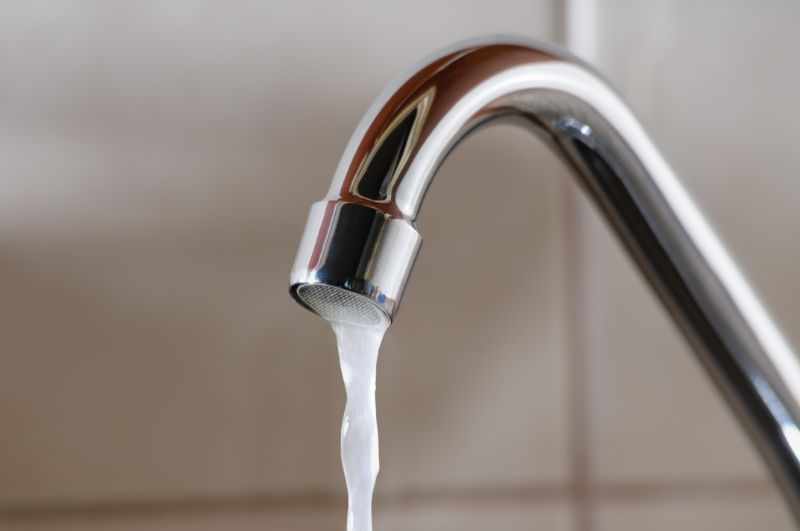The Construction of a Water Filtering System
A water filtering system is a device that filters out impurities from drinking water. It removes sediments and odors, reduces bacterial contaminants, and lowers the risk of gastric infections. It also extends the life of appliances that use filtered water, such as washing machines.
(Looking for “water chemical testing“? Contact us Today!)

A basic filtration system requires four components: a filter medium, the fluid to be filtered, a driving force, and a mechanism to contain the medium. These can be physical (such as a membrane), chemical, or biological. The pore size of the filter medium is a critical factor in determining its effectiveness at removing particles from the fluid.
The most common type of physical filter is a membrane. It has pores that are larger than the particles to be filtered. These pores allow a small amount of the fluid to pass through them while blocking large impurities like dirt and sand.
Another kind of filter medium is a cake that has many small openings, each with a smaller pore size than the particles to be filtered. These holes are a great way to trap the particles that might otherwise move past the pores and through the filter medium.
One type of filtration that is relatively inexpensive to build is the use of natural materials like sand and gravel. It’s a simple, low-tech solution that can be used in emergencies and is extremely effective in reducing the number of bacteria present in drinking water.
This setup is very rudimentary and does not require any plumbing supplies, making it a great choice for anyone who wants to build a homemade water filter. Just make sure to rinse out the filtering materials before using them with your water.
If you don’t have a lot of money to spend, this is an easy project that could save you hundreds of dollars if you get into using a filtered water system full-time. It’s also a low-tech option that can be easily customized as needed throughout its lifespan.
Building a DIY water filter is a great way to help the environment by cutting down on the need for bottled water, which is a highly-processed resource. It can also lower the risks of illnesses and diseases, such as diarrheal disease, by removing bacteria, toxins, and parasites from drinking water.
There are a variety of options for making a DIY water filter, and most of them are pretty easy to construct and work. But you should consider the working conditions that you will be facing, such as atmospheric pressure and temperature.
You should also be prepared to spend a fair amount of time and money on maintenance. Most filtered water systems need to be cleaned and changed regularly, which can become expensive over time.
In a similar vein, it’s important to make sure that the filtering material is able to withstand high temperatures and pressures without breaking down or becoming clogged with debris. This can be a challenge with some types of materials, such as PTFE or other polymers.

